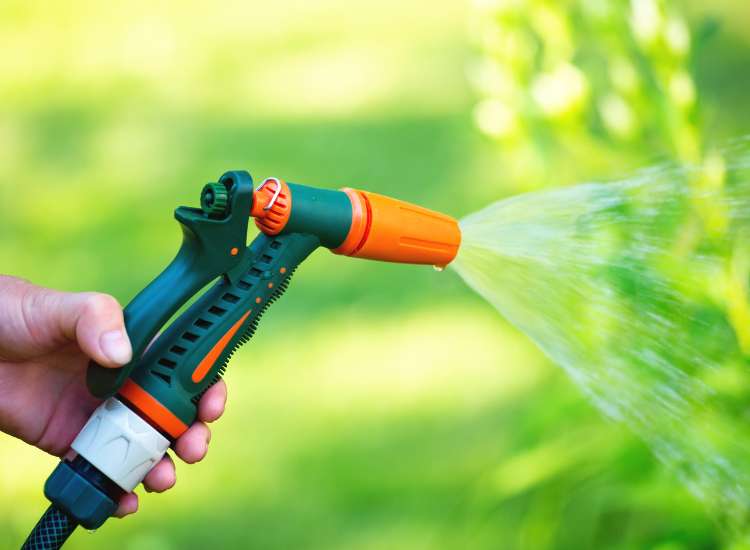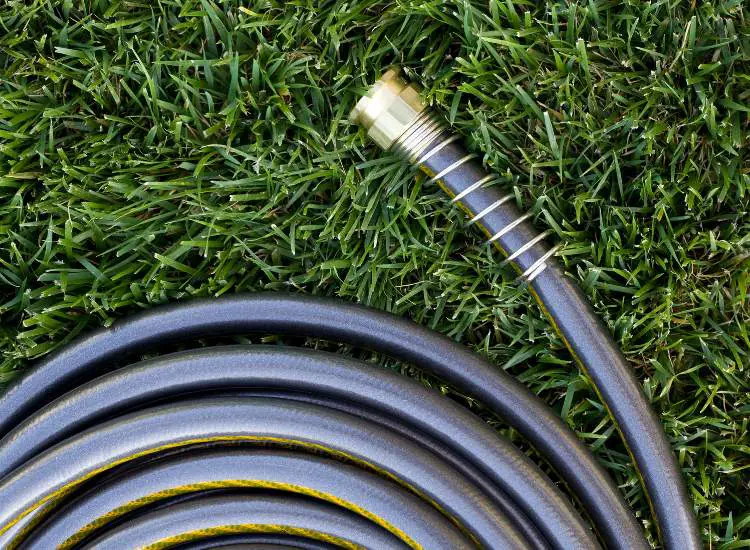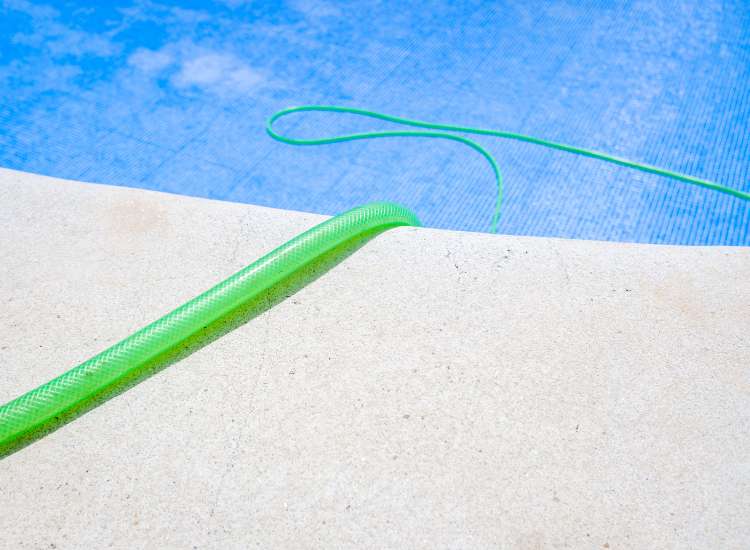How to Shorten a Garden Hose
If you’ve ever found yourself with a garden hose that’s just too long, you might have wondered how to make it shorter. Luckily, it’s not as difficult as you might think.
In this article, we’ll guide you through the process of shortening a garden hose to the ideal length. With a few simple tools and some care, you’ll have the perfect-sized hose for your garden in no time.
Understanding Garden Hose Dimensions
When choosing a garden hose, it’s important to know the different dimensions. Generally, garden hoses come in 3 diameters: 1/2-inch, 5/8-inch, and 3/4-inch.
The diameter determines the amount of water the hose can deliver. A 1/2-inch hose provides less water but is more lightweight and maneuverable. Meanwhile, a 3/4-inch hose can deliver more water but may be difficult to manage.
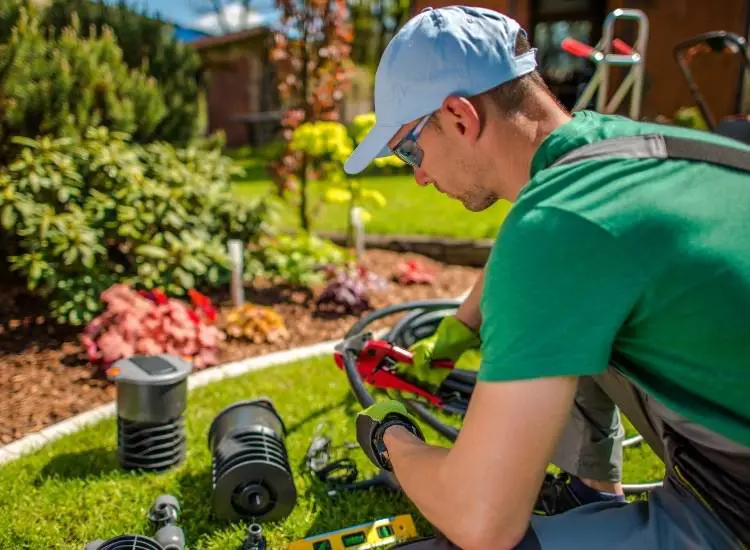
Length plays a crucial role in the hose’s reach. Standard garden hoses range from 25 feet to 100 feet. Choose a length that fits your needs.
Consider your garden’s size and sprinkler requirements when deciding on hose dimensions. Remember that longer hoses can lose water pressure – while shorter ones maintain better pressure.
Choosing the Right Tools
Before you start shortening your garden hose, it’s essential to gather the appropriate tools. This will make the process smoother and more efficient. You’ll need a sharp pair of scissors or a utility knife, a measuring tape, and some hose mending couplings.
First, measure the desired length of your garden hose using the measuring tape. Mark the spot where you want to cut with a marker or a piece of tape. When cutting the hose, make sure to use a steady hand and apply even pressure to ensure a clean, straight cut. A jagged edge could result in leaks later.
Once you’ve cut the hose, it’s time to attach the hose mending couplings. Follow the manufacturer’s instructions when attaching the coupling to each end of your newly-shortened hose. Ensure the connections are secure to avoid leaks and extend the lifespan of your garden hose.
Cutting the Hose Length
Before cutting, cover the mark with a piece of tape to prevent fraying. A painter’s tape or duct tape will work well. Keep the tape snug around the hose.
Now, it’s time to cut the hose. Use a sharp utility knife or a hose cutter to make a clean, straight cut through the marked area. Be cautious and maintain a firm grip on the hose while cutting.
After the hose has been cut, you can attach a new end connector. Choose a high-quality brass or plastic connector, compatible with your hose diameter. To install, simply push the connector into the newly cut end and secure it with a hose clamp.
Tighten the hose clamp using a flathead screwdriver or a nut driver. Double-check the connection is secure to ensure no leaks.
How to Seal the Cut Edge
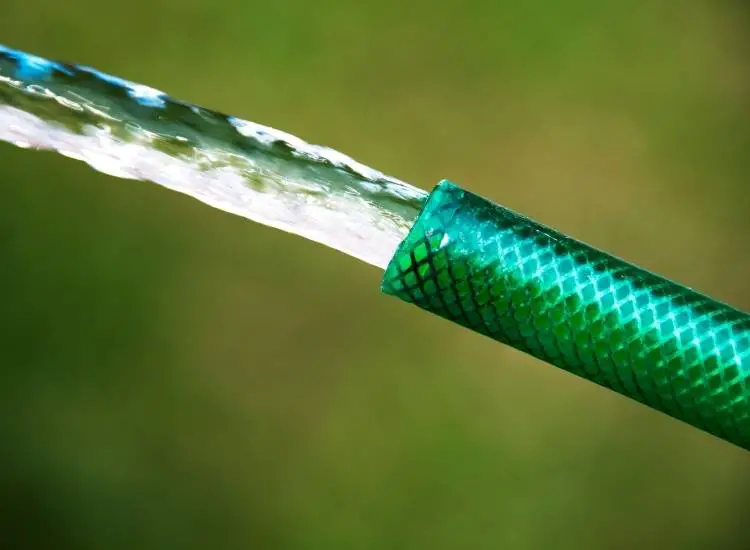
Choosing a Hose Connector
To begin, you’ll need to choose a suitable hose connector. Pick one made of sturdy materials such as brass or high-quality plastic to ensure durability. The connector should match your hose’s diameter.
Inserting the Connector
Next, lubricate the barbed end of the hose connector with some soapy water to ease insertion. Gently push the connector into the freshly cut end of your hose until it is securely in place and flush with the hose end.
Securing the Connector
Last, secure the connector using some form of clamp or crimp. Hose clamps are an easy option; simply slide the clamp over the hose, tighten it, and ensure it sits just behind the connector’s barb.
Alternatively, you could use pinch clamps or crimp rings for extra strength. Be sure to tighten the clamp evenly so the hose doesn’t become damaged.
Frequently Asked Questions
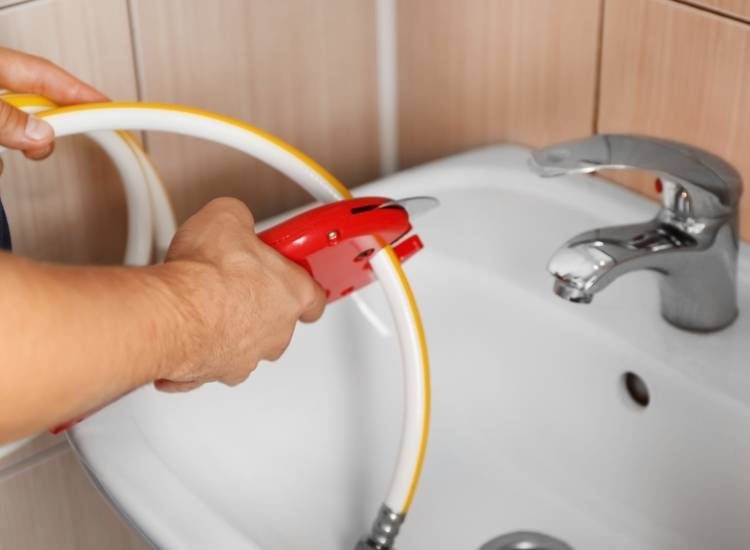
How do I cut a rubber garden hose?
To cut a rubber garden hose, use a sharp utility knife. Make a clean, straight cut across the hose to avoid any leaks.
Can a garden hose be shortened?
Yes, you can shorten a garden hose. Simply cut the hose to your desired length and attach appropriate ends or connectors.
What tools are needed to cut a garden hose?
You’ll need a sharp utility knife or heavy-duty scissors. A tape measure and marker can help you measure and mark the cutting point.
How to repair a garden hose with a mender?
To repair with a mender, cut out the damaged section of the hose. Insert the mender into both ends, making sure it’s secure and tight.
What connectors can be used for garden hoses?
There are various connectors available, including hose menders, quick-connect fittings, and threaded hose end connectors. Choose the one that best suits your needs.
How to choose the right garden hose length?
Consider your garden’s size and the distance from the water source. Measure the farthest point in your garden from the source, then add some extra length for flexibility and ease of use.
More Garden Hose Articles
- How to Measure Garden Hose Size
- Is Hose Water the Same as Tap Water?
- How to Store an Expandable Hose
- Draining a Pool with a Garden Hose
- How to Remove a Metal Hose Connector
- Increasing Water Pressure in a Garden Hose
- Keeping a Garden Hose from Freezing
- Filling up a Pool with a Garden Hose
- How to Flush a Radiator with a Garden Hose




